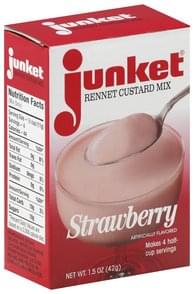

Thanks Marty, your explanations are very thorough and easy to understand as always. Also keep in mind, something with a strehl of 0.85 is essentially diffraction limited for this purpose (solar), and you'll likely never even get to that because of atmospheric seeing. The only wavelength ranges that start to get sketchy for spherical aberration and other issues is when you get down to near UV and some IR, and those issues will come in the form of refractors and SCT with correctors pure mirrors will not have this issue (but are less commonly used for this purpose by most people, especially visual, as UV and IR are imaging wavelengths only anyways). Also, all optics are very well corrected in green and red. Same with red, there's nothing special to it. You do not need Baader's 540nm filter, any green CCD imaging or visual green filter will work nearly the same and any variation will likely be only attributable to seeing differences per session. You do not need an ultra-narrowband filter for this. But again, if seeing is good to excellent, angular resolution can deliver a higher resolution image during fleeting moments of good seeing. Our eyes are most sensitive to green and our optics are best figured for green, but again, all of this is at the mercy of the seeing and seeing will never (literally never) allow you to experience the diffraction limited image your system could produce in daytime seeing, so it's not worth fussing over much because you can have the best glass in the world and be in 2 arc-second seeing and you'll see what 2 arc-seconds delivers and nothing more. When seeing is good to excellent, you can benefit the extra angular resolution coming from a shorter wavelength, such as Continuum or any green wavelength filter (they will be nearly indistinguishable frankly in real world results). Seeing is often bad in daytime for everyone, so longer wavelengths (ie, red) will produce a more steady image at the cost of angular resolution. The practical difference is two things: 1) angular resolution (shorter wavelength = higher angular resolution) and 2) atmospheric seeing disrupting the wavefront (shorter wavelength = more disrupted by atmospheric seeing).

Simply wording the question, what’s the practical difference between the Continuum filter vs a green or red filter when used in conjunction with a wedge? I have a #29 deep red filter lying around I think. I’ve decided to move this into a separate thread.


 0 kommentar(er)
0 kommentar(er)
